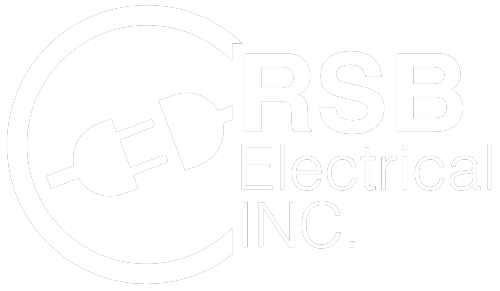Modern Electrical Safety Standards Homeowners Need to Know
These days, it’s common for homeowners to renovate their homes and do repairs through DIY projects.
Electricity has become synonymous with daily life, and it’s hard to imagine living without it. Apart from lighting, electricity powers most home appliances and makes household chores less daunting. However, electric currents are a safety hazard without proper care and can cause injuries and fires. Fortunately, these outcomes are entirely preventable.
Here are some modern electrical safety standards homeowners should practice:
Go for an experienced electrician
These days, it’s common for homeowners to renovate their homes and do repairs through DIY projects. However, for any project dealing with electricity, the danger and risks involved make it worthwhile to call an expert. Furthermore, most states prohibit unlicensed homeowners from doing any electrical work.
Every state has electric codes that homeowners must abide by, with non-compliance resulting in legal consequences. Since homeowners might not be familiar with all the codes, they are better off leaving electrical work to professionals. This way, the homeowner will be safe and on the right side of the law.
Secondly, entrusting electrical work to an expert with the right tools and experience to diagnose and solve problems accurately prevents injuries and fire damage.
Stay ahead of electrical problems through maintenance
Almost all superficial electrical issues can escalate and become costly when left unattended for long. However, routine maintenance at least once a year can help minimize these risks. The inspection should cover the electrical system, including wiring, plugs, surge protectors, bulbs, and all home appliances.
In cases where repairs have become common, homeowners can consider upgrading. Also, since electrical codes keep changing, replacing an outdated electrical system to improve home safety is a good idea.
Learn how much electrical current an outlet can handle
Electric circuits have varying designs that can handle differing amounts of amperage. Usually, the breaker panel contains a record of the exact amperage for each circuit in the home. Some, like those in the laundry room or the kitchen, have a higher amperage than others to account for large appliances used in these areas.
Plugging more appliances that exceed a circuit’s capacity can lead to power overload. The effects include increased risk of electrical fires, shock, damage to appliances, and frequent tripping of circuit breakers. As such, it’s vital to distribute appliances evenly across different circuits rather than crowding them in one place.
Areas with water should have Ground Fault Circuit Interrupters (GFCIs)
Water has free ions that can conduct electricity, resulting in shock, short circuits, and fire. As a result, rooms with both water and electricity outlets, like the kitchen, bathroom, and laundry room, can be unsafe. Even so, installing GFCI in the circuitry can prevent unpleasant outcomes whenever the two mix.
A GFCI constantly monitors an electric system to ensure the amount of current flowing in and out of a circuit is equal. If it detects a ground fault, such as water creating a conductive path to the ground, it trips a built-in switch, disconnecting power to the protected circuit.
Keep the home safe from electric hazards
Despite electricity being necessary for every home, it has its fair share of risks. Hence, it’s necessary to use safety measures and engage an electrical expert in the case of electrical installation and repairs to keep the home and everyone safe.
When in need of home electrical inspections, whole-house surge protector installation, attic fan installation, or smoke detector installation, electrical repair, or home electric car charger installation, trust the licensed and insured professionals at RSB Electrical. We are a 24-hour emergency electrician based out of Mesa, AZ. Call 480-485-4284 for more information.

